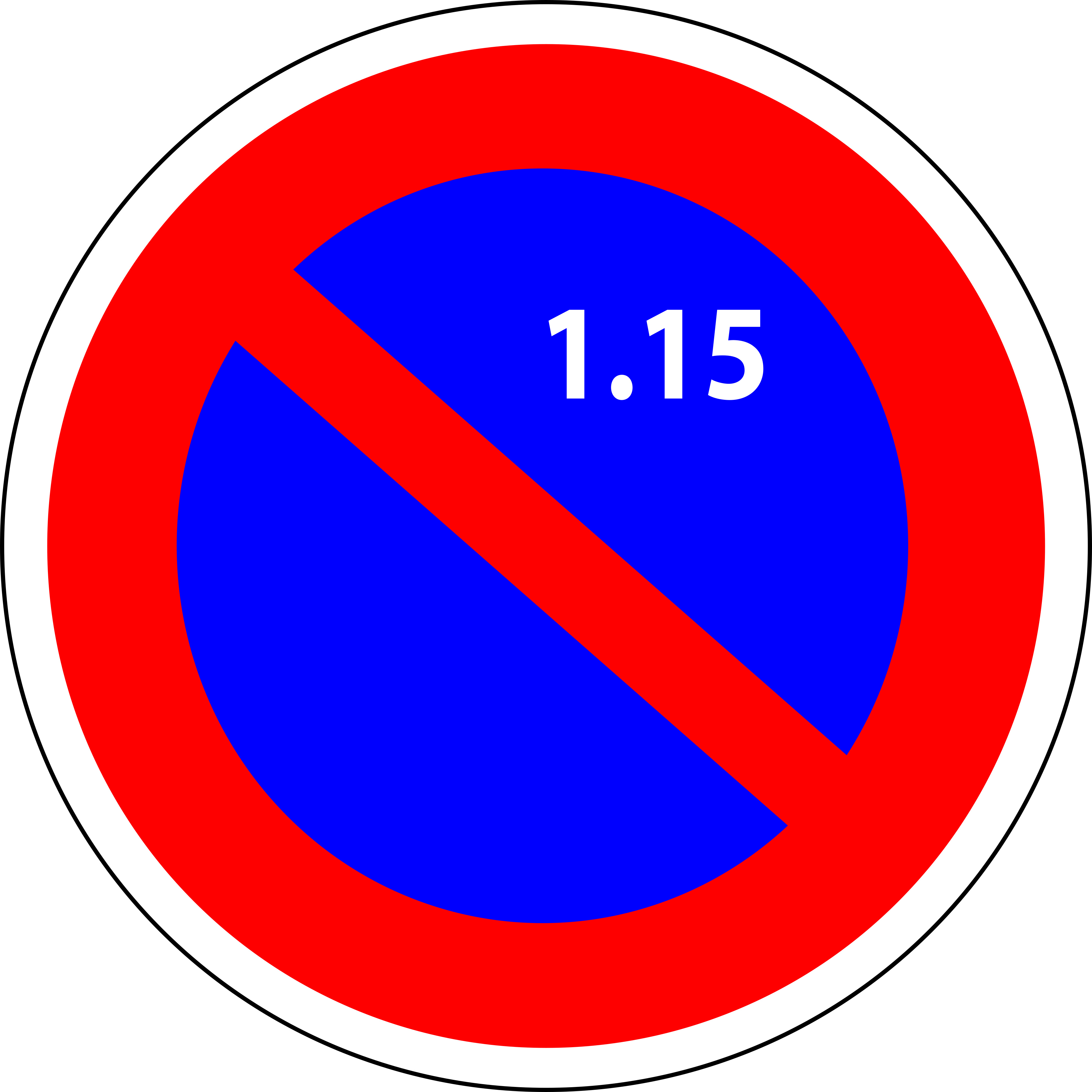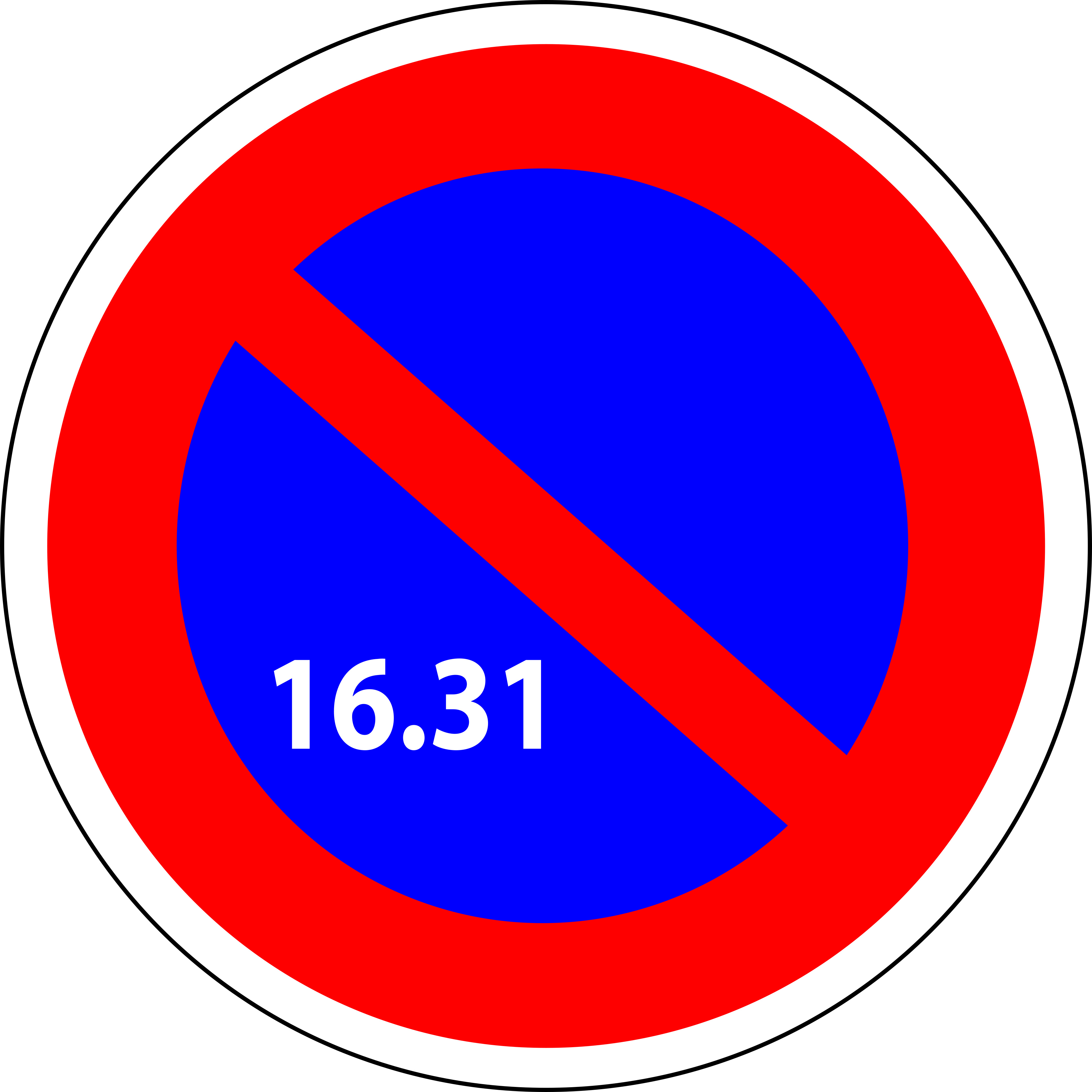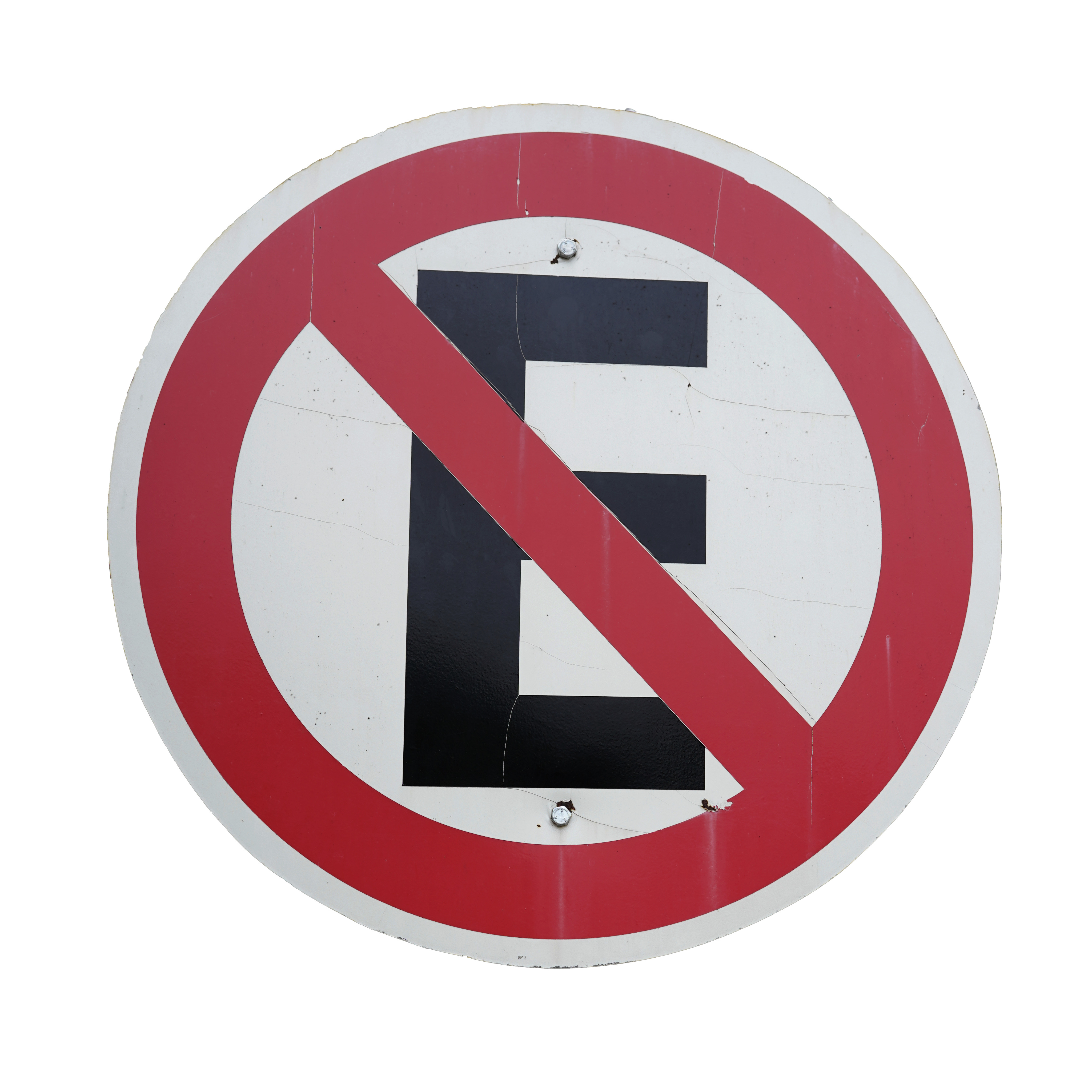
4th August 2025
10 min read
by Anna Jones
Hiring a car is a fantastic way to explore your destination as it offers the freedom and flexibility to explore beyond tourist hotspots and off the beaten track.
When the time comes to park up, things can quickly become confusing, especially if you're unfamiliar with the language and the local signage. This is where our essential guide to European parking comes in.
It's important to know that regulations vary not only between countries but sometimes even between cities.
Parking somewhere new is stressful enough without the added worry of unexpected costs for minor damage. Although parking fines themselves are not covered, any accidental damage to your hire car, like dents or scratches, is covered by your car hire excess insurance policy from ReduceMyExcess.
Meanings of Coloured Road Markings Across Europe
Understanding coloured markings on the road, kerbside or in a car park could save you from fines, or worse.
| Colour |
Meaning |
| White lines |
Usually indicates free parking |
| Blue lines |
Paid parking, often time limited |
| Yellow lines |
Reserved or prohibited; often no parking allowed |
| Red zones |
Highly restricted; avoid unless preauthorised |
Parking in France
In French city centres, you will probably need to use a horodateur, a pay-and-display ticket machine where you purchase a ticket and display it in your car.
French city centres also have something called Zone Bleue (blue zones), which refers to a specific parking area where free parking is allowed for a limited time only. These zones will be indicated by blue road markings and signage. To park in one of France's blue zones, you need to obtain a disque de stationnement (parking disc) that showcases your time of arrival. These discs are available at petrol stations, tourist offices and other similar places. The concept of short-term free parking is to encourage a faster turnover in busy areas.
France also has a system called stationnement unilatéral à alternance semi-mensuelle
, which translates to 'unilateral parking with semi-monthly alternation'. As that is a mouthful, it's more commonly referred to as stationnement alterné, alternate side parking. The system works by alternating which side of the road you are allowed to park on based on the date. For example, from the 1st to the 15th of the month, you must park on the side of the road with odd-numbered buildings and from the 16th to the end of the month, everyone must switch and park on the side of even-numbered buildings. The swap normally happens on the 15th and the last day of the month, between 8:30 and 9 pm. This system manages congestion and visibility, which is necessary in older French towns. You may face a fine if you do not adhere to these rules, so make sure to look out for signs that look like the ones below:


Typically, cars park in the direction of traffic, which is actually more than just etiquette as it's part of the Code de la Route (the French Highway Code). If you park against the flow of traffic, this could be deemed as stationnement gênant (obstructive parking) or stationnement dangereux (dangerous parking) depending on your exact location. This might lead to a €35 fine; in severe cases, this could lead to your car being towed or impounded.
Stationnement interdit translates to no parking, and if you return to your car and see you have been issued an avis de contravention, this means you've unfortunately been hit with a parking fine. These tend to start at €35 but may reduce if you pay within 15 days.
Parking in Spain
Spain has a colour system to regulate parking and it's similar to France's Zone Bleue; they're called the Zona Azul, Verde (green) and Naranja (orange) zones as well as Zona Blanca (white zones).
The Zona Azul is marked by blue lines on the road and signage, with the parking needing to be paid for at a parquímetro, a pay-and-display machine. The parking is also time-limited, usually for two hours.
Green and orange zones tend to be reserved for local residents. Visitors are able to park for a short period of time, but they should expect to pay more to park there. Areas marked solo residentes, exclusivo residentes or reservado a residentes are reserved for strictly residents only. If you park here and you are not a resident, you will probably be met with a fine, or potentially your car being towed.
The white zones are marked by white lines and are free parking areas, most commonly found in smaller towns or on the outskirts of bigger cities. Unless indicated otherwise, there is no time restriction when it comes to parking in the white zone.
Check the rules of your specific destination within Spain, as it may be that the city you're visiting allows free parking on weekends or holidays. Some cities even allow free parking during lunch hours between 2 pm and 4 pm and overnight between 8 pm and 9 am, but double check as you don't want to receive an aviso de multa (parking fine notice).
If you see the words estacionamiento prohibido, this means you can't park there. If you do, you're likely to face a fine. The same goes for if you see a large E (see below) or a diagonal line.

Just like in France, parking against the flow of traffic is not allowed.
Parking in Italy
Italy's Strisce Blu (blue zone) works the same way as the aforementioned blue zones. Spaces marked with blue lines are reserved for paid parking, either via ticket machines (Parcometri) or mobile apps such as Easy Park. Again, there is a time limit, which usually ranges from 1 to 2 hours.
The Strisce Bianche indicates free parking unless stated elsewhere that it's not. Although it's free, you should check for any nearby signage imposing time restrictions.
Double parking—blocking in another vehicle—is a common issue but heavily fined, so avoid it at all costs. Also watch out for market day signs which may temporarily restrict street parking.
Parking in Germany
Germany's parking system works similarly. White line markings typically indicate free parking, although time restrictions may apply, so it's wise to look for a nearby sign or machine.
Blue zones often require a Parkscheibe (parking disc) to be displayed, and it should indicate your arrival time. You should be able to get these from petrol stations. If you are using a paid parking zone, you will need to use a Parkschein machine and make sure your ticket is clearly displayed on your dashboard.
Always avoid blocking driveways, bike lanes and pedestrian crossings as this is strictly enforced and towing is common.
Parking in the Netherlands
Parking in major Dutch cities like Amsterdam can be expensive, with prices ranging from €5 to €7 per hour. To save costs, many locals and tourists use Park + Ride (P+R) facilities located just outside city centres.
If you’d rather park in the city centre and avoid public transport, most paid parking runs from 9 am to 9 pm, Monday to Saturday.
Free parking within central areas in the Netherlands is rare but may be available on Sundays and public holidays, or further out in residential suburbs.
Ultra Low Emission Zones
Many European cities operate Low Emission Zones (LEZs) which restrict access for older or high-emission vehicles. This means that a car that doesn't meet these standards will be penalised for entering LEZs. Check the car parking space you want to go to is either within the LEZ and your vehicle is compliant, or that you don't go to this space at all.
What Happens If I Receive A Parking Fine on a Hire Car?
If you've been issued a parking fine whilst driving a hire car abroad, the responsibility to settle it falls on you.
In most cases, the car hire company will either forward the fine details directly to you or they will request that the authorities reissue the penalty notice to you, in your name.
In addition to the fine itself, the hire company is likely to charge you an administration fee for passing the fine on and processing the paperwork. The cost of the fine will vary.
These fees and procedures should be outlined in your rental agreement, so make sure to review this carefully before you start driving.
Any charges, such as a parking fine or a speeding fine, remain the responsibility of the driver; they are not reimbursable under our car hire excess insurance policies.
Final Thoughts
Be sure to research the rules and regulations of your destination country properly to avoid confusion and potential fines. And don't forget car hire excess insurance!